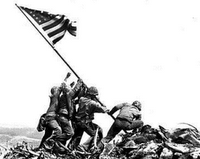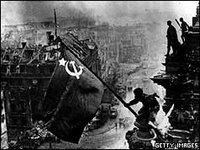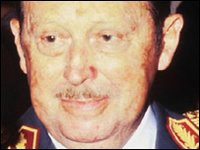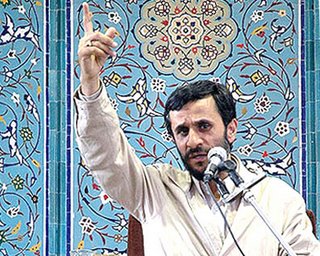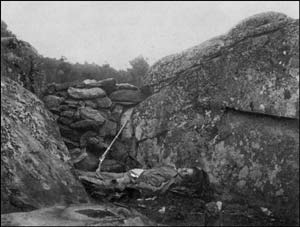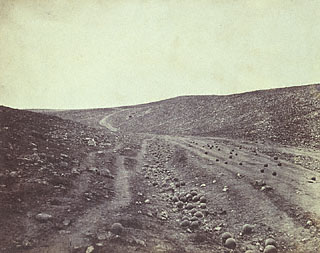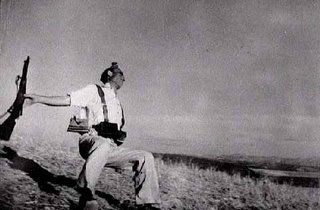
Today’s
Independent carries a long article about the great Kenyan author Ngugi wa Thiongo. His new novel Wizard of the Crow will be something I will be purchasing very soon.
Forces within Kenya have tried to silence Ngugi wa Thiong'o's voice twice. In 1977, the future president Daniel arap Moi threw him into a maximum-security prison without trial for co-authoring a play critical of the government. Ngugi was released one year later, only to discover that his teaching job had disappeared. He eventually left the country because of fear for his own safety in 1982.
For a while, it looked like he would never return. "Moi used to say, 'I can forgive anybody but Ngugi'," says the 68-year-old novelist today at his home in Irvine, where he is a professor of English at the University of California.. When Moi agreed to abide by term limits, and his hand-picked successor lost in the presidential elections, Wa Thiong'o realised that he had a chance to come home. It was good timing. Wa Thiong'o had just completed a six-volume satirical novel called Murogi wa Kagogo, a ribald satire of a fictional African dictator. It was also the longest novel ever written in his native Gikuyu language.
He decided to turn his homecoming into a book tour and lecture circuit. He and his second wife, Njeeri, had never been married in the traditional style, but most importantly they had never been to Kenya together as a family. "At the airport the crowds were there," he recalls, "some weeping, some holding onto books. All the newspapers headlined my talk."
"Some of the books were covered in dirt," his wife says. "Because they had to bury them - to hide them - when his books were banned." And then things went horribly awry. On 11 August 2004, intruders broke into the apartment where they were staying. "We felt that this was no ordinary robbery," Wa Thiong'o recalls. " Quite frankly, I think we were going to be eliminated."
They managed to escape that fate, but not without suffering. Wa Thiong'o's wife was stabbed and raped in front of him. When Wa Thiong'o tried to intervene, he was burned with cigarettes on his forehead and arms. The couple emerged from hospital a day later, and Wa Thiong'o issued a profoundly sad but generous statement. "We have to keep rising up," he said. "The Kenyans who attacked me do not represent the spirit of the new Kenya."
Wa Thiong'o has laboured to bring his magnum opus from Gikuyu into English - no small feat when the book runs to 766 pages. The novel is now published in Britain as Wizard of the Crow (Harvill Secker, £17.99).
Set in the fictional African republic of Aburiria, the novel conjures a ruler who has surrounded himself with comically sycophantic cabinet ministers. One has surgically enlarged his ears to prove he always has an ear to the ground; another has had plastic surgery on his eyes to show that he has his eyes on the public. For the ruler's birthday, this group suggests building a tower up to heaven so that the ruler can speak directly to God. For funding, Aburiria's majestically self-important ruler turns to the Global Bank for cash, but he must constantly fight against the mockery of the public. An underground resistance called Movement for the Voice of the People protests against his ceremonies, while long lines of unemployed workers betray his failure to provide for his people.
"When people talk about Africa," Wa Thiong'o says, "they often only talk about it through one lens - so they blame its lack of progress on its people, or its landscape. In this book I wanted to show everything - the influence of aid, the neocolonialism of capital, and how this affects things for the people."
At the crux of the resistance are a young beggar named Kamiti and a revolutionary he falls in love with, Nyawira. Kamiti discovers he has the capabilities of a seer when he sets up shop as a fictional wizard, dispensing advice to people who want to crush their enemies. Nyawira occasionally sits in for him when he cannot make his engagements.
Although the leader's Westernised suits recall Arap Moi's jackal dapperness, Wa Thiong'o insists that this is not just a novel about Kenya and the failures of aid. "I was drawing from lots of Third World dictatorships: I was thinking of Moi, but also of Mobutu, Idi Amin and Pinochet. They were all on my mind... In 1982, when I was exiled, I was based in London, and I worked on the committee for the release of political prisoners in Kenya. I worked closely with people from Chile, from the Philippines."
One thing Wa Thiong'o shared with them was the colonial experience. He was born in a small village north of Nairobi with the name James Thiong'o Ngugi and raised a Christian. He attended mission schools, where he read Robert Louis Stevenson. Like Wole Soyinka and Chinua Achebe, he left Africa and went to England for further study, earning a degree from Leeds. Returning to Kenya, he successfully petitioned the University of Nairobi to turn its English department into the Department of African Languages and Literature, soon after renouncing his birth name and taking on its version in Gikuyu. As he explained once: "Language is a carrier of a people's culture, culture is a carrier of a people's values; values are the basis of a people's self-definition."
Since 2003, Wa Thiong'o has been distinguished professor of the humanities and director of the International Center for Writing and Translation at Irvine. "What is so devastating in a dictatorship is the taking away of a voice," he says. And the prevalence of English in the world, he argues, has only sharpened that blade against the larynx of indigenous peoples. "It is not a balanced equation if all languages must come to English to mean something."
Wa Thiong'o began writing fiction in Gikuyu while he was in prison 30 years ago, scribbling on toilet paper, and has never turned back. This has made his job a little harder, even as the circumstances of writing Wizard of the Crow were much easier than before. "I began it in Orange, New Jersey, and I finished in Orange County," he says. And yet this book's flavour is anything but sweet.
NgugiKenya










